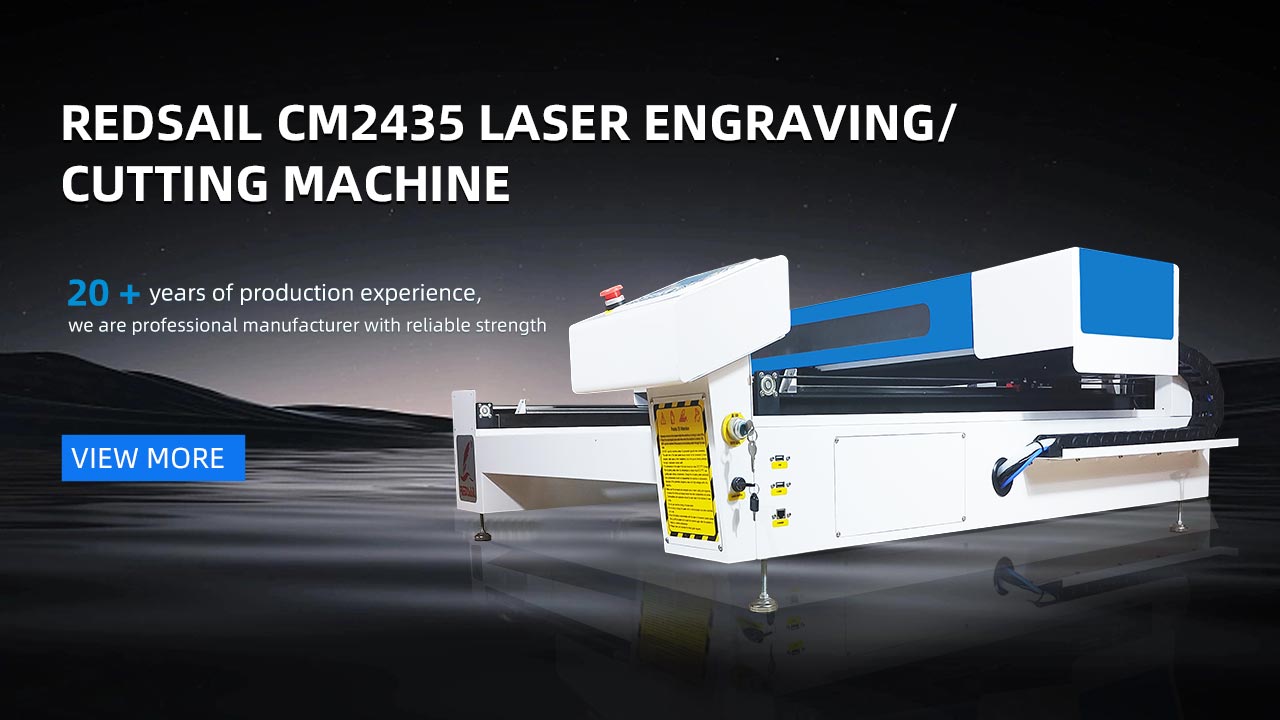Are Laser Cut Wood Blanks the Future of Woodworking?
Introduction
Woodworking has been an essential craft and industry for centuries. From traditional hand tools to power tools, woodworking techniques and technologies have evolved over time. The latest advancement in woodworking technology is laser cutting, which offers precision and efficiency like never before. Laser cut wood blanks have become increasingly popular, raising the question of whether they are the future of woodworking.
What are Laser Cut Wood Blanks?
Laser cut wood blanks are pre-cut pieces of wood that are precisely shaped using laser technology. These blanks can be used for a wide range of woodworking projects, including furniture making, model building, and decorative pieces. Laser cutting allows for intricate designs and precise cuts, resulting in high-quality wooden blanks.
Advantages of Laser Cut Wood Blanks
There are several advantages to using laser cut wood blanks in woodworking projects:
Precision and Accuracy
Laser cutting technology ensures precise and accurate cuts, allowing woodworkers to create intricate designs and patterns that would be difficult to achieve manually. The ability to cut complex shapes and intricate details with high precision expands the possibilities for creativity in woodworking.
Time and Cost Efficiency
Laser cutting can significantly reduce the time and effort required for cutting wood. Traditional woodworking methods often involve time-consuming manual cutting or the use of power tools that may not offer the same level of precision. Laser cut wood blanks eliminate the need for manual cutting, resulting in faster production times and reduced labor costs.
Consistency
Using laser cut wood blanks ensures consistent quality and dimensions across multiple pieces. Traditional cutting methods may result in slight variations that can affect the overall quality and fit of the final product. With laser cut wood blanks, woodworkers can rely on consistent shapes and sizes, enhancing the overall craftsmanship of their projects.
Reduced Waste
Laser cutting produces minimal waste compared to traditional cutting methods. The precision of the laser ensures that the cuts are made exactly where intended, minimizing material loss. This not only helps to reduce costs but also promotes sustainability in woodworking by minimizing resource consumption.
Design Versatility
Laser cut wood blanks open up new possibilities for design and creativity in woodworking. The precision of laser cutting allows for intricate and detailed designs that were previously difficult to achieve. Woodworkers can experiment with different shapes, patterns, and ornamental details, creating unique and visually striking pieces.
Challenges and Limitations
While laser cut wood blanks offer many advantages, there are also some challenges and limitations to consider:
Cost of Equipment
Laser cutting machines can be expensive, especially those equipped with the latest technology. This initial investment may not be feasible for all woodworkers, particularly smaller-scale operations or hobbyists.
Material Limitations
Not all types of wood are suitable for laser cutting. Some woods may release harmful fumes or burn too easily when subjected to laser cutting. Woodworkers need to select appropriate materials that are safe to use with laser cutting technology.
Design Complexity
While laser cutting allows for intricate designs, highly complex designs may be challenging or time-consuming to execute. Certain designs may require multiple passes or adjustments, increasing production time and costs.
The Future of Woodworking
The rise of laser cut wood blanks indicates that laser cutting technology has a significant role to play in the future of woodworking. As technology advances and becomes more affordable, laser cutting will likely become more accessible to woodworkers of all levels of expertise.
Laser cutting technology also opens up new possibilities for customization and personalized woodworking. Woodworkers can easily create unique designs or replicate intricate patterns with ease, catering to individual customer preferences.
Furthermore, laser cutting may lead to the development of entirely new woodworking techniques and styles. Woodworkers can experiment with innovative designs that were previously difficult to achieve or even impossible with traditional cutting methods.
FAQs
1. How accurate is laser cutting for woodworking?
Laser cutting offers high precision and accuracy, allowing woodworkers to create intricate designs and patterns with ease. The cuts made by laser cutting machines are extremely precise, resulting in consistent and accurate shapes.
2. Can laser cutting reduce production time?
Yes, laser cutting can significantly reduce production time in woodworking. The automated process of laser cutting eliminates the need for manual cutting, which can be time-consuming. This efficiency allows woodworkers to complete projects faster and increase overall productivity.
3. Are laser cut wood blanks suitable for all types of woodworking projects?
Laser cut wood blanks are suitable for a wide range of woodworking projects, including furniture making, model building, and decorative pieces. However, certain projects may require specific woodworking techniques or customization that may not be feasible with laser cut wood blanks.
4. Is laser cutting environmentally friendly?
Laser cutting is considered more environmentally friendly than traditional cutting methods. It produces minimal waste, as the cuts are precise and accurate, reducing material loss. Additionally, laser cutting can be combined with sustainable wood sourcing practices to promote environmental responsibility in woodworking.
5. Will laser cutting replace traditional woodworking techniques?
While laser cutting offers numerous advantages, it is unlikely to completely replace traditional woodworking techniques. Traditional methods have their own unique charms and are still preferred by many woodworkers who appreciate the craftsmanship involved. However, laser cutting will certainly continue to shape and influence the future of woodworking.
In conclusion, laser cut wood blanks offer numerous advantages in terms of precision, efficiency, consistency, reduced waste, and design versatility. Although there are challenges to consider, such as the cost of equipment and material limitations, laser cutting technology undoubtedly has a significant role to play in the future of woodworking.





